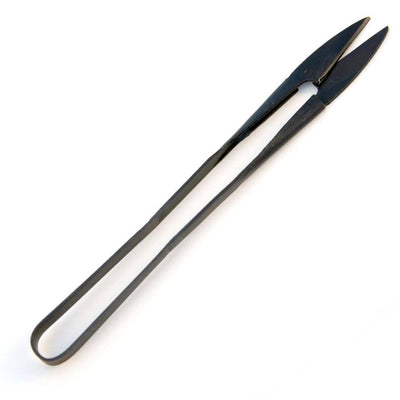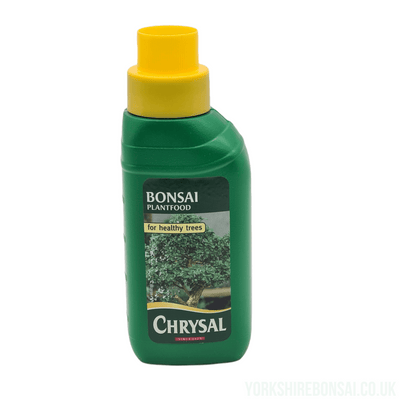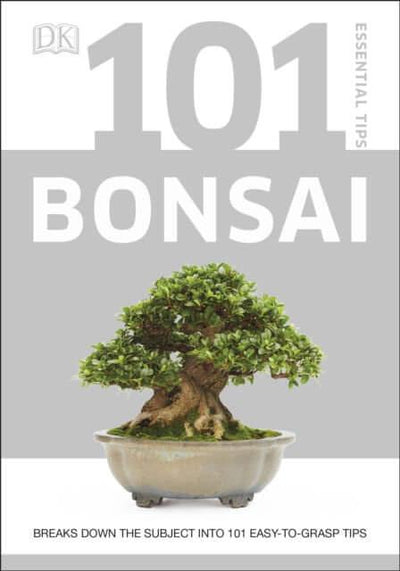Serissa (Snow Rose) Bonsai Care Guide
Care Guide for the Serissa (Snow Rose) Bonsai Tree
The Serissa Bonsai tree, also known as Snowrose, is an incredibly popular variety of Bonsai.
Known as a tree of thousand stars or Japanese boxthorn, this Bonsai tree is a subtropical small shrub, identified by its tiny white flowers, which bloom between Spring and Summer. The Serissa should ideally be kept indoors all year round – it does not tolerate frost and requires temperatures between 50°F (10°C) and 68°F (20°C) during the winter to survive.
Taking care of a Serissa Bonsai requires a lot of patience and hard work, keep this in mind when deciding whether or not it is the right Bonsai for you.
So, how do you care for a Serissa Bonsai tree?
Where do I keep my Serissa Bonsai tree?
The tree grows and flourishes when it is kept indoors or outside in a sunny, wind protected area. It’s important that, if you decide to keep your Serissa Bonsai outdoors, you ensure temperatures stay above 50° F / 10° C.
With this in mind, during the winter months, it’s always best to move the tree indoors or into a heated conservatory / greenhouse. It's important to remember that warmth can increase the new growth of tree, therefore, if you are placing your tree in a warm spot then you need to balance this with more light (growth requires energy).
How much water does my Serissa Bonsai tree need?
As a general rule of thumb, when it comes to caring for and watering your Serissa Bonsai tree, you should keep the rootball as moist as possible, whilst ensuring you don't overwater the tree. It is very important that you do not let the tree dry out completely.
If the leaves of your Serissa are dropping then this is a potential sign that you need to decrease the amount of water you are providing.
Fertilising
When fertilising your Serissa Bonsai tree, apply a small amount of solid organic fertiliser every four weeks. You can also use a liquid fertilizer in a low concentration every week during the growing season.
Pruning and wiring
The Serissa tree can cope with fairly hard pruning. This should be completed each year, during early spring to keep the overall shape neat and compact. For young trees, trim them back to two leaves once the shoots have produced 4 – 5 leaves. Older trees should be trimmed far less, providing that they are flowering.
In addition to this, every two or three years longer branches should be cut back to old wood to avoid ruining the shape of the tree. They can also be wired at any point If need. Repotting should be done every two to three years but this is not a hard and fast rule, so will be different for each individual tree.






